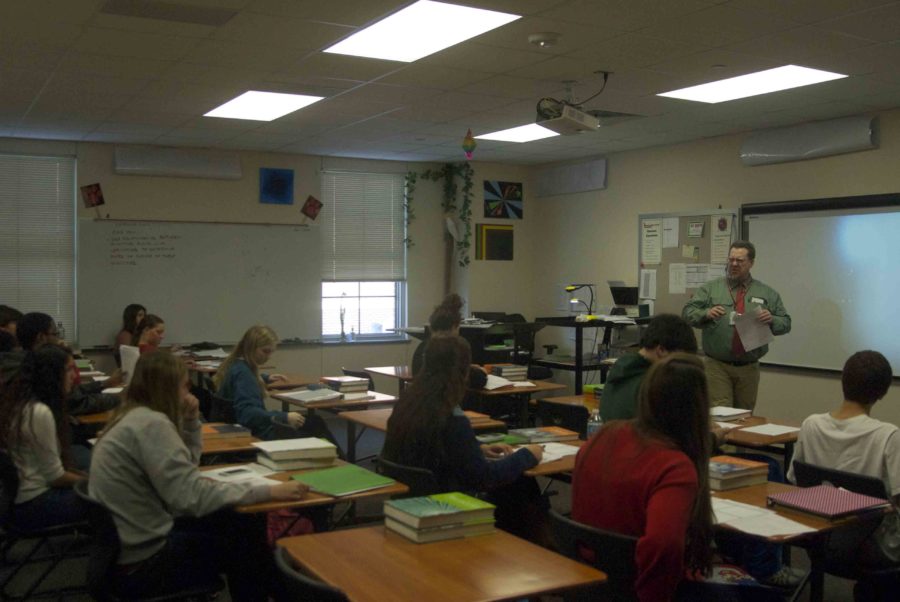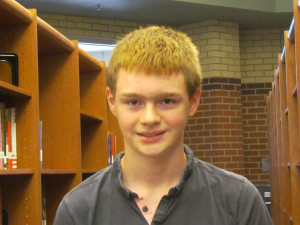Math doesn’t add up in the U.S.
The Program for International Student Assessment is an international program that tests students from participating countries to determine the scores of the assessed students in subject fields, math being one of them. In the most recent assessment, America scored worse than 29 other tested countries in the percentage of tested students performing below the base proficiency standard in mathematics.
December 19, 2013
America’s education system has, in recent years, been struggling to keep up with the most well-accredited and achieving states of the world, but the most recent scores from the Program for International Student Assessment (PISA) show an alarming fall in international standings for the United States of America in math.
“I do think that because of the way our society is as a whole, we don’t have as many students focusing on science and mathematics, and I think that impacts those overall scores,” math teacher Keith Christian said. “there’s less competition within the country, and so I think that impacts how we look compared to others because we have so many other options available academically and in terms of extracurricular kinds of things; I think we have fewer students who are really focusing on the math.”
The Program for International Student Assessment is an international program that tests students from participating countries to determine the scores of the assessed students in subject fields, math being one of them. In the most recent assessment, America scored worse than 29 other tested countries in the percentage of tested students performing below the base proficiency standard in mathematics.
“One of the reasons that America’s score is lower is because America educates every child,” math teacher Deneen Christian said. “In most of the countries that we were compared with, they do not educate every child, or if they do, they split them into tracks at a young age, and students that are on the track to work in industry or in manual labor are not tested in the same way as students that are headed to higher education, and so it makes it very difficult to compare U.S. scores to other countries’ scores because we don’t have the same tracks to educate our children in the same way; towards the same high school diploma.”
With these scores, comparisons can be made to this school’s classroom learning as a relation of how this school is faring.
“I think that what we teach in math is at a higher level now,” Keith Christian said. “In other words, we go to higher and higher subjects in high school, but I think we have moved away from some of the depth; we cover more topics, but at a lesser depth, and I think in some ways that impacts our overall ability to do the problem solving.”
Another issue could very well be the work ethic of students in American society.
“Personally, I think its more at the cultural level,” Deneen Christian said. “I think at the cultural level, citizens, whether they’re students or adults, need to hold themselves accountable and be responsible for their own actions, and so many times, people are not held accountable, and they assume that if they don’t perform at the level that they would like to perform, there must be something else going on; it’s somebody else’s fault, not that own person’s fault, and I think we need to have more personal accountability at the student level, and that can be done in the classroom, but it’s a cultural thing. Culturally, we want things handed to us; we want to be entertained, rather than working hard to achieve something.”
The lower comparative scores could have roots in cultural and academic issues, but there are also some things to build off of.
“I think that we’re progressing well,” math teacher Randy Brooks said. “We have a Pre-AP program, so it is designed to be above many of our peer schools around. I don’t know if we’re completely everything to that Pre-AP level, but we’re progressing every year, feeding students into our calculus and statistics AP material, so I was discussing with those teachers what it was like each year; students seem a little better prepared coming into these programs.”





